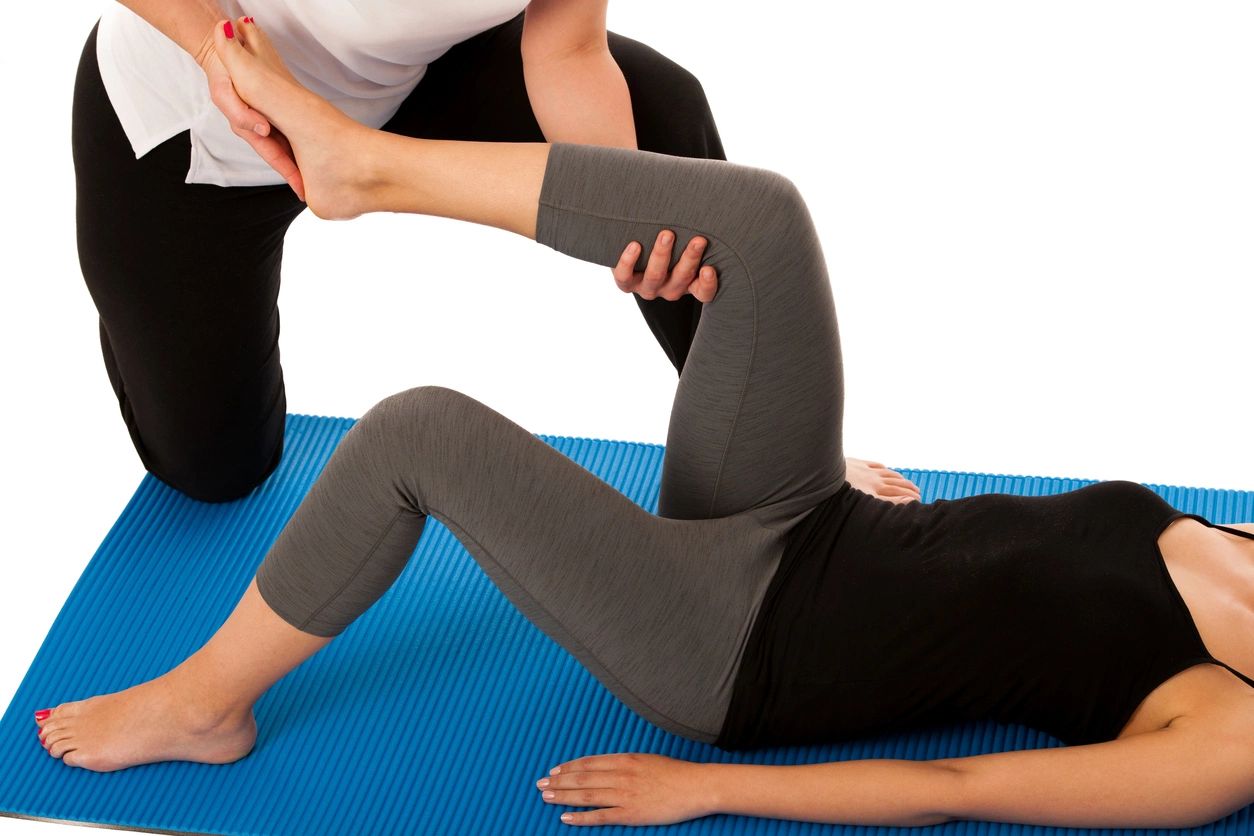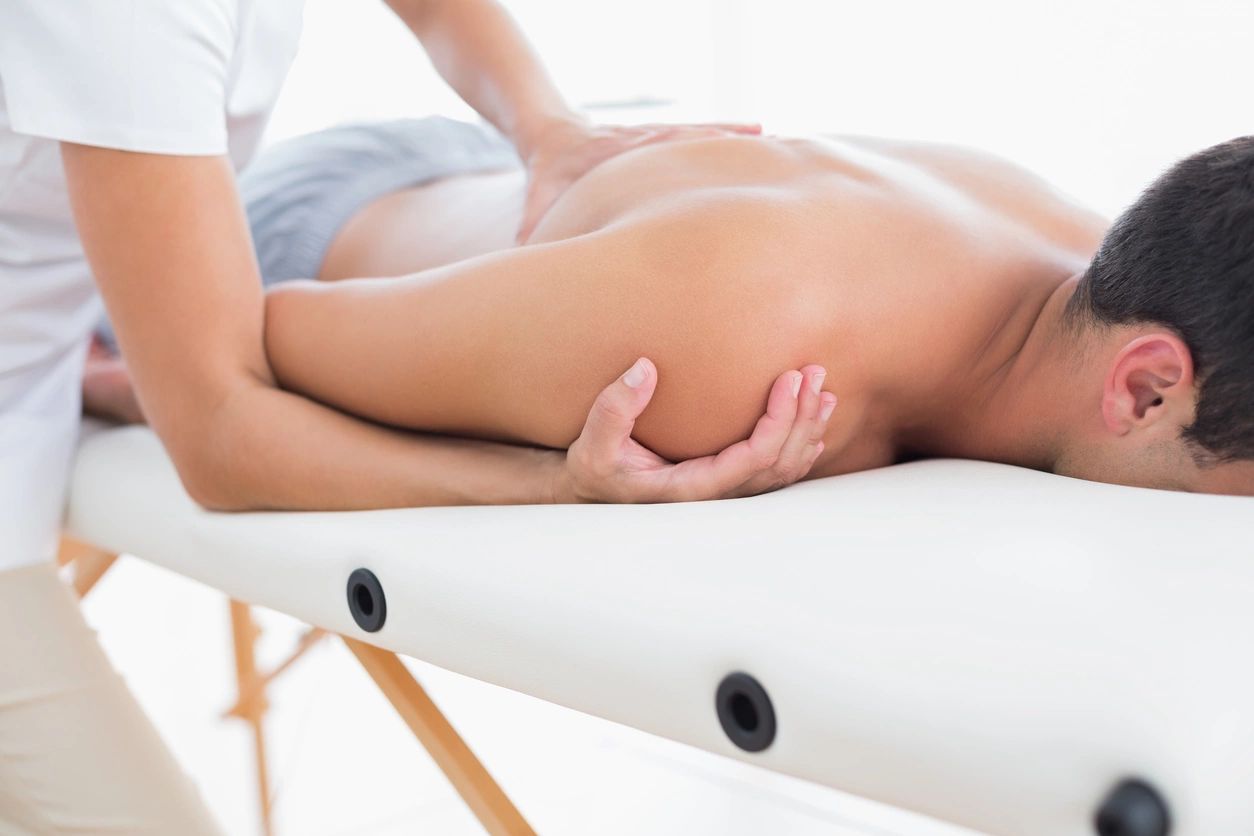Manual Techniques
Each technique addresses it's unique body system(s):
- Visceral Manipulation - JP Barral
- Neural Manipulation - JP Barral, PT, DO
- Myofascial Release
- Craniosacral Therapy - Dr. J. Upledger, DO
- Manual Dynamic Interface - F. Lowen, LMT
- Muscle Energy Technique - F. Mitchell, D.O.
- Manual Lymph Drainage
- Strain/Counterstrain - L. Jones, DO
- Joint and Soft Tissue Mobilization

Visceral Manipulation
Developed by Jean Pierre Barral, PT, DO

When the body is exposed to physical trauma, the fascia or connective tissue related to the viscera (internal organs) can be pulled or torn, adhesions can develop, resulting in a pulling of organs on their attachments. The resultant compensation may cause skeletal, muscular or connective tissue tension and pain. Gentle visceral techniques are used to compress, mobilize and elongate the connecting organ tissues in order to re-establish the organ's ability to function optimally and return the body to health, resulting in decreased pain and compensation.
Neural Manipulation
Developed by Jean Pierre Barral, PT, DO
The nervous system encompasses the fascial relationships between the cranium, spine, dural membranes and central and peripheral nerves. Treatment consists of releasing restrictions of dural and neural components of the body and their relationship to other body systems and tissue tension patterns. Neural manipulation can assist with improving nerve conduction and responsiveness, increasing flexibility and strength, balance, awareness, and decreasing pain.

Myofascial Release

Fascia (connective tissue) envelopes every tissue in the body and interconnects tissues between each body system. The muscles and fascia work together to support all body systems and promote fluid and body movement. Poor posture, injury, stress, tissue tension, scar tissue, or lack of movement can cause the fascia to tighten and develop adhesions. Since fascia has a multidimensional, web-like structure, adhesions within its complex can result in bodily tension patterns, limiting mobility and creating dysfunction and pain. Using this gentle myofascial technique can release the adhesions, tension patterns, and tightness of fascia, and restore its structure, so it can move freely. Myofascial release promotes increased flexibility, balance and relaxation.
Craniosacral Therapy
Developed by Dr. John Upledger, DO
The craniosacral system consists of the delicate soft tissues and cerebrospinal fluid that protect the brain and spinal cord. It is encased within the skull and the spine and is connected to/influences the central nervous system. Every day stresses, strains and traumas to the body, the head, and spine result in tension patterns along the body, which if repeated and the traumas accumulate over time, they can affect the head and spine. This can compromise the central nervous system, craniosacral system and every body system. Craniosacral therapy involves the use of light touch techniques to release the craniosacral system, thereby restoring its inherent rhythm and releasing body tensions to decrease pain, promote body relaxation and self correction.

Dynamic Manual Interface
Developed by Frank Lowen, LMT
Dynamic Manual Interface (DMI) embodies both art and science in its teachings. In the art of this work the therapist learns how to use a light touch and precise interface with the body tissues to evaluate and treat their rhythms, movements and connect or allow many body systems to communicate in harmony, balance and flow. The science involves having a multi-dimensional knowledge of the anatomy, biomechanics, and physiology of the structures that the therapist is manually supporting or providing assistance to. DMI is like a dance between the art and science of manually and optimally engaging within the body tissues structure and function such that the interface with the body is welcomed and allowing the therapist to support and utilize the body's self corrective mechanisms.

In DMI we use parts of the hands to determine what body systems are affected and to know which body part to amplify treatment. The hands are used to connect affected tissues within a system or between systems or in relation to biomechanics of movement. Numerous reflexive mechanisms are also used as manual therapy tools to protect tissues, change tissue tensions and pressures, rhythms, and affect tissues within an entire pattern of movement. The overall outcome of DMI treatment is a rapid and dramatic change in symptoms, with decreased body tension, elevated energy levels, improved mobility and awareness, self correction, and improved health.
Muscle Energy Technique
Developed by Fred Mitchell, D.O.
This positional technique uses a specific, direct, three-dimensional positioning of movement approach, which applies isometric muscle resistance to restricted or dysfunctional body joints and tension of the musculo-tendinous complex. This process is an outstanding tool for restoring normal joint balance and mobility.


Manual Lymph Drainage
A light manual technique used to mobilize lymph vessels and nodes in order to increase their activity, promote increased lymph flow, decreased swelling or edema of the tissues, decreased joint pain, and improved immune function. The body can more efficiently filter out accumulated toxins, which assists with the healing process.
Strain/Counterstrain
Developed by Lawrence Jones, DO
Also termed, Positional Release Technique, this indirect manual approach passively positions the tightened muscle of a dysfunctional joint into the direction of comfort or tissue ease in order to release protective muscle spasms.


Joint and Soft Tissue Mobilization
Joint mobilization is an orthopedic form of manual therapy targeted to gently stretch joints of the spine and extremities in order to improve 3-dimensional joint mobility and range of motion of each joint. Soft tissue mobilization is a type of massage of superficial tissue, like scars or muscle, in order to release skin, fascia, and superficial tissue restrictions and improve tissue movement.
